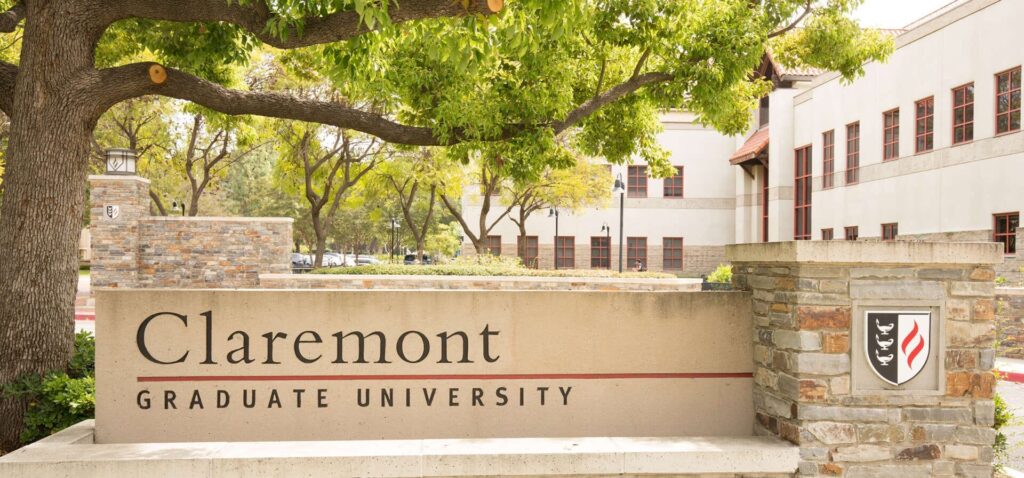City reviews other options instead of speed limit increases
New crosswalks and bike lanes worth $165,000 may be making their way into Claremont neighborhoods.
The traffic calming measures were suggested instead of raising speed limits on 10 designated street segments throughout the city of Claremont. Though the speed limits will rise if these measures prove ineffective, Interim City Engineer Loretta Mustafa holds out hope.
“What we need is really a small decrease in speed, just 1 or 2 mph on most of these streets to bring down the speed limit.” Ms. Mustafa said. “That’s what we are looking to do here.”
The Traffic and Transportation Commission unanimously agreed on the proposed new additions after months of work by the city’s engineering and community development team. The city council will provide a final vote later this summer. The proposed traffic calming measures range from adding striped parking and bicycle lanes, driver feedback signs and sharrows indicating that the lane is to be shared with bicyclists.
Troubles began when a Radar Speed Survey conducted in 2012 suggested that those 10 street segments were not in compliance with current state standards. California law requires that a city’s speed limits reflect the local traffic speeds. In the past, city officials were allowed to set a speed limit within 5 miles per hour of the speed a majority of cars were traveling at. If a car was traveling at 28 miles an hour in a 25 mph zone, the city could opt to stay at 25 mph instead of raising the speed to 30.
However, recent changes have been made to more stringently restrict the freedom cities have to set the speed limit. Now, the speed must be set to the nearest 5 mph. If a majority of cars are going 28 mph in a 25 mph zone, officials are mandated to raise the speed limit to 30 mph by state law. School zones and other restrictions continue to apply and are not affected by these new rules.
Survey results showed that a majority of the drivers traveling along those 10 street segments were above the speed limit enough that the speed needed to be increased by 5 mph to comply with state code. Speed on those streets would be otherwise unenforceable in court, according to California mandates.
However, Claremont residents were not deterred by state speed requirements—seen as unfair by many officials and residents alike. Crowds of Claremont residents came forward at city council and commission meetings begging for the speed increases to be reconsidered. Many said they were concerned because several of the proposed speed increases are located by playground or near schools. College Avenue from Arrow Highway to First Street, for example, is located next to Oakmont Elementary.
“These are residential streets where children play,” said Mark Sieling, a 16 year Claremont resident who lives along Mountain Avenue in one of the 10 designated areas. “It’s unthinkable that they would raise the speed limit because there are so many children about. I can’t even imagine if I hit or someone else hit a child. It never leaves you.”
Mr. Sieling’s message was echoed by many others, including council members, who unanimously opted to forego speed increases, at least until traffic calming measures could be put in place. Such measures have proved effective in other areas of the city, noted Brian Desatnik, director of community development. They include the design of Indian Hill Boulevard from Harrison Avenue up to Foothill and the bike lanes and sharrows added to Butte Street.
Should the council approve the traffic calming measure, staff will wait for several months before conducting the radar survey again and re-evaluating speed limits. It usually takes about 4 months for drivers to become acclimated to the changes, according to Ms. Mustafa. Mr. Sieling looks forward to any opportunity to solve speed and safety problems on his street without the need of raising the speed limit.
“Anything that can be done to lower the speed would be extremely helpful, ”Mr. Sieling said. “I’m hoping that just narrowing the lane you have to drive in [with the striping] will consciously make you more aware of keeping your speed down.”
—Beth Hartnett
news@claremont-courier.com










0 Comments